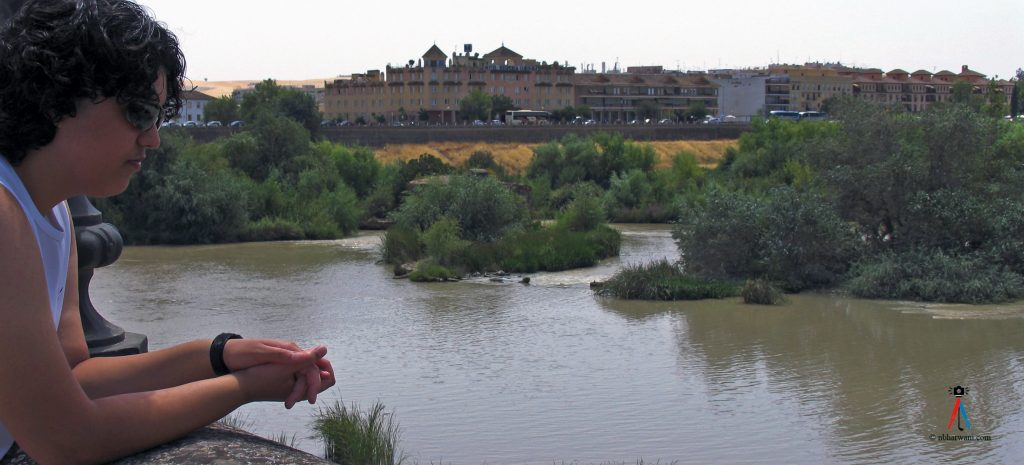Renal colic is painful. The pain comes when urinary stones block part of the urinary tract. Kidneys are part of the urinary system. So are the ureters, urinary bladder and urethra.
Kidneys are very important organs in our body. We are blessed with two kidneys. If one kidney fails we have a spare one. Compared to other organs like brain, heart, liver and spleen. It is important we take good care of our kidneys. Two functioning kidneys are better than one.
Why kidneys are important? Because they remove waste and extra water from the blood in the form of urine. Without the kidneys, the waste would keep building up and, over time, you would die. Or go on a long-term dialysis until you find a matching kidney for a transplant.
There are many illnesses that can destroy the kidneys. Today, we will discuss the effect of kidney stones. Kidney stones have many causes and can affect any part of the urinary tract – from the kidneys to the bladder.
Some individuals are prone to forming stones in the kidneys or urinary bladder. Kidney stones are hard deposits made of minerals and salts. These include calcium phosphate, calcium oxalate and uric acid. Minerals crystallize and stick together. Supersaturation of the urine constitutes a driving force favouring stone formation.
Kidney stones are rarely, if ever, fatal. The main impact of kidney stones is felt by young, otherwise healthy adults in the form of acute renal colic, causing symptoms of pain, nausea, vomiting and blood in the urine.
The lifetime risk of passing a kidney stone is about eight to 10 per cent among North American males. The peak age of incidence is 30-years. The rate of kidney stone formation in women is about half that in men, with two peaks, the first among women aged 35-years and the second among those aged 55-years.
Among patients who have passed one stone, the lifetime recurrence rate is 60 to 80 per cent.
What promotes crystallization of chemicals in the urine? There are many factors involved in this process, including urine pH, stasis and dehydration. The whole process is complex, involving many factors.
A kidney stone may not cause symptoms until it moves around within the kidney or passes into ureter – the tube connecting the kidney and bladder. Passing kidney stones can be quite painful, but the stones usually cause no permanent damage if they are recognized in a timely manner.
Depending on the situation, you may need nothing more than to take pain medication and drink lots of water. In other instances – for example, if stones become lodged in the urinary tract, are associated with a urinary infection or cause complications, then surgery may be needed.
Some controversy exists about the extent of investigation required after the passage of a single stone. Because the rate of recurrence is high, some experts favour an exhaustive evaluation for anyone who has passed a stone.
Patients with kidney stones are advised to increase fluid intake to produce a urine volume of 2-3 L/day. Good advice is to reduce the intake of animal protein, calcium and sodium, because reduction in the renal excretion of sodium will also reduce renal calcium excretion and thus render the urine less prone to making stones.
Start reading the preview of my book A Doctor's Journey for free on Amazon. Available on Kindle for $2.99!



